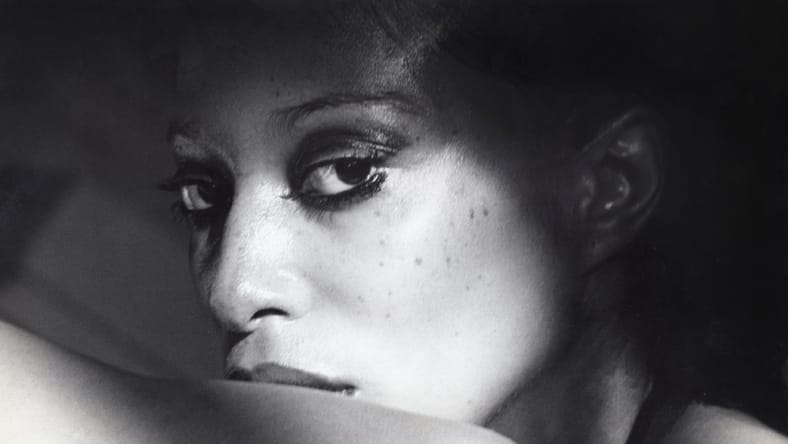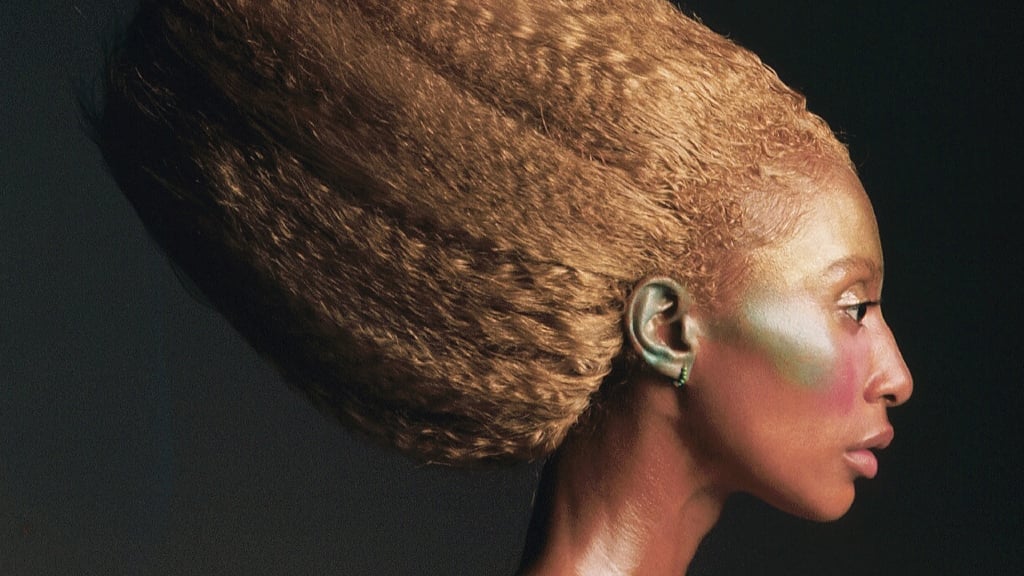
Donyale Luna was the first Black woman on the cover of Vogue. So why don’t more people know her name?
HBO’s new documentary Donyale Luna: Supermodel, directed by Nailah Jefferson, seeks answers about the surprisingly little-known but prolific model who dominated the fashion scene in the 1960s.
Born Peggy Ann Freeman in Detroit, Michigan in 1945, she began going by Donyale Luna when she launched her fashion career. Just a few months after moving to New York City at the urging of fashion photographer David Bailey, Donyale Luna modeled for the coveted April 1965 illustrated cover of Harper’s Bazaar.
During her two years in New York, Luna was also photographed by Andy Warhol and became a part of his famous group of friends at The Factory. But when an undeniably gorgeous photograph taken by famous fashion photographer Richard Avedon was rejected by American Vogue, Luna realized that her opportunities were limited in the U.S. because of the color of her skin.
So, she moved to Europe, where she began hanging out with The Rolling Stones and was even a muse for Salvador Dali.
The following year, she became the first woman of color to be on the cover of Vogue when she graced the March 1966 cover of British Vogue. She would go on to become an actress, too, appearing in 1960s and ’70s movies like Who Are You, Polly Magoo, Fellini Satyricon, Skidoo, and Salome.
Despite her impressive achievements, Donyale Luna: Supermodel director Nailah Jefferson says the reason more people don’t know who Donyale is has to do with the civil rights movement and the political climate that was swirling when she was in her heyday.
Why Isn’t Donyale Luna a Household Name?

– Credit: C/O
“If you think about what was going on during the time that Donyale was on the cover of Harper’s Bazaar and then the first black woman on the cover of any Vogue — so ’65, ’66 — if you think about what Black people were going through that during that time, I just don’t think anybody clocked it,” Jefferson says.
“Especially the Harper’s Bazaar cover. It’s an illustration, and she looks like a white woman [in it]. So I think for those reasons, and what was going on in the community, maybe that’s why it was missed.”
Jefferson also notes that Luna left the U.S. early in her fashion career in favor of Europe, where she could get more work.
“If you look at the boundaries that were set before her, I do think there were specific people who said, ‘Okay, she can only go so far. We can’t put her on the cover. We can’t sell her. She won’t be accepted here or there. This is about as far as she can go.’ So I think for those reasons, because of the time, because she left, and because there were obvious boundaries put in place, that’s why we don’t know her,” Jefferson says.
“I think she [could] have been bigger than she was — and she was big for that time. Think about what she accomplished in those two years when she first came [to New York]. Within those two years, she was on the covers of the biggest magazines. She was unstoppable — until, obviously, she was.”
After much success in the fashion industry, Luna settled down and married Luigi Cazzaniga and lived with him in Italy. But she soon fell into a deep depression, and died in 1979, just a year and a half after giving birth to her daughter, Dream Cazzaniga.
Donyale Luna was only 33 years old at the time of her death, which was due to heart failure as a result of a drug overdose.
Also Read: Lena Waithe and Nicole Friday on Celebrating Emerging Artists at the American Black Film Festival
Remembering Donyale Luna’s Legacy
As complex and sometimes messy as her life story was, Jefferson didn’t want to cover up any of the less pleasant parts of her story. In Donyale Luna: Supermodel, she wanted to honor Donyale for exactly who she was.
“Sometimes, when it comes to the stories that we tell about the Black community, there’s a certain pressure to only tell stories about people who are perfect, or at least present them as perfect. And I didn’t want to do that. I wanted to let this Black woman be her total, complex, fascinating self,” Jefferson says.
“We just wanted to tell a true story of who this woman was, and not explain her away… we knew that because of what she did, she was a pioneer, and her accomplishments deserve to be acknowledged. Not only that, we also knew we couldn’t try and clean up or try and make her perfect in the way that she was, because I think Luna lived in this world exactly how she wanted to. And I think we owed it to her to present her exactly as she was.”
Donyale Luna: Supermodel begins streaming Sept. 13 on HBO.
Main Image: Donyale Luna. Photograph by Luigi Cazzaniga/HBO
